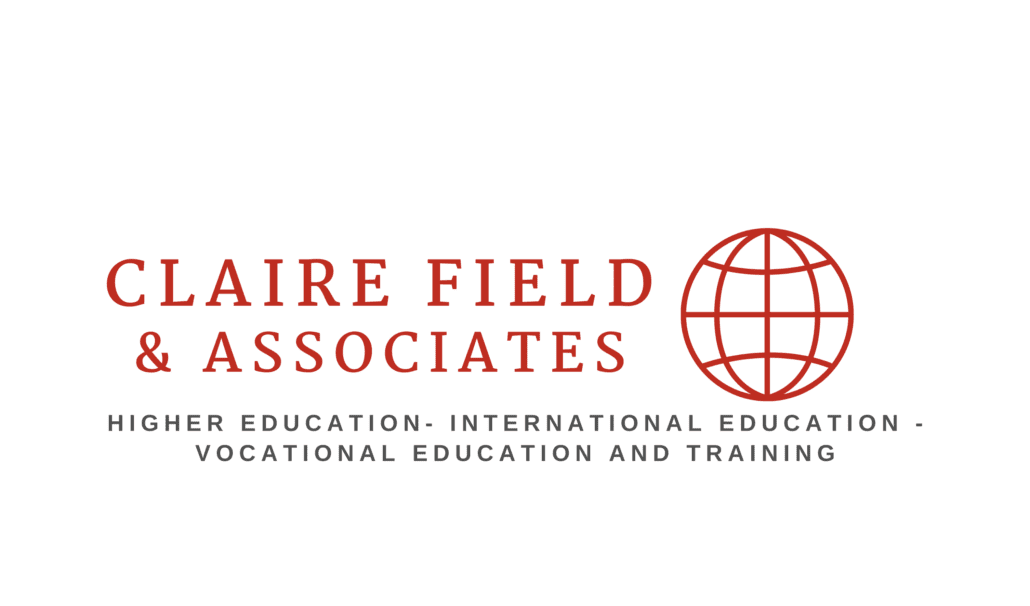
Higher education reforms: who wants what?
Consultation on the Universities Accord Panel’s Interim Report garnered more than 300 submissions which will be considered as the Panel looks to finalise its advice to government by December 2023.
In reading through the submissions of the key sector peak bodies there is one priority issue which dominates – access and equity. It is mentioned as a Top 3 issue by:
- Universities Australia (UA) Deputy Vice‐Chancellors Academic (DVCA) Executive
- Australian Technology Network of Universities (ATN)
- Group of Eight (Go8)
- Innovative Research Universities (IRU)
- Regional Universities Network (RUN)
- University Chancellors Council (UCC)
- TAFE Directors Australia (TDA), and
- equity underpins the three priorities raised by Independent Higher Education Australia (IHEA). [1]
Even though there is agreement on the need for greater access and equity in higher education – there is sadly no agreement on how to achieve it. Most key peak body submissions support explicit equity targets being introduced (with appropriate funding), but beyond that there are various different equity proposals canvassed.
Given the Accord Panel asked those making submissions to try and limit their feedback to three priorities, I have also looked at the top 3 issues raised in the submissions of the key peak bodies. In addition to improving access and equity, they are:
- institutional funding (including governance and funding (IRU), equity between institutions (RUN), student-centred funding and a universal entitlement, and removing the 20% fee on FEE HELP loans (IHEA))
- research (including research and teaching at scale (ATN), research, knowledge translation and impact (IRU), a national approach to research, and the need to quantify the full economic cost of research (Go8))
- considering the whole higher education/tertiary sector (including a systems approach including alignment between higher education and industry(RUN), the importance of the overall higher education sector (IHEA), and alignment between higher education and VET (TDA))
- the skills challenge: ie changing how universities operate to meet the challenge of the rapidly changing world of work (UA)
- the proposed Tertiary Education Commission (UA)
- global engagement and a social licence to operate (ATN)
- greater industry collaboration and innovation (TDA)
- understanding that universities are businesses (UCC), and
- universities as good employers (UCC).
The diversity of views across these key sector peak bodies highlights the serious challenge the Panel faces in trying to reach agreement on substantive reforms it thinks the government should pursue. That in turn means that a good deal of the heavy lifting on reform is likely to end up being done by the proposed Tertiary Education Commission.
[1] The Independent Tertiary Education Council of Australia does not appear to have made a submission.




